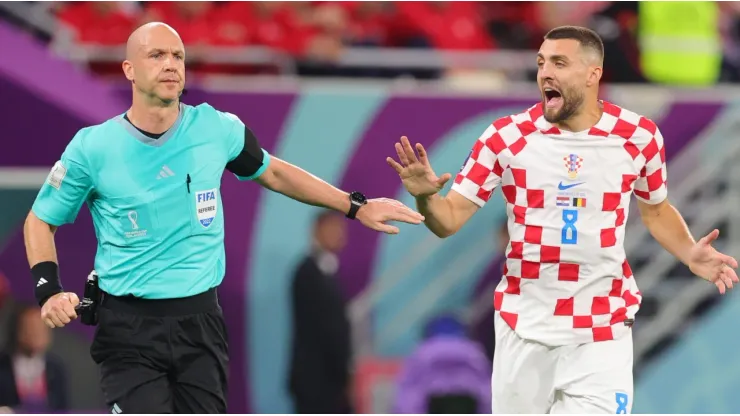Video Assistant Referee (VAR) technology has brought increased scrutiny, debate and controversy around officiating decisions. Currently, the league is commonplace across Europe, with many leagues across the world implementing the change. The Croatia Premier League has become the latest lightning rod for VAR criticism. Bruno Marić, the head of the Croatian refereeing body, resigned after leaked tapes claiming accusations of favoritism.
The recordings from VAR review rooms during recent Croatia league matches unleashed fury from fans. The issues involved refereeing injustices among major clubs Hajduk Split and Dinamo Zagreb. Audio leaks revealed questionable calls, miscommunication between officials and exposed internal frustrations over decision-making.
Despite Marić’s insistence that decisions were correct, his inability to produce conclusive evidence to support major judgment calls ultimately made his position untenable. After threats directed towards himself and his family, Marić resigned – dealing a reputation blow to refereeing integrity in Croatia.
VAR controversy rampant beyond Croatia
The Croatian calamity has thrown fuel on the raging VAR inferno burning across leagues. Controversial decisions, lengthy review delays, inconsistent standards and technical glitches have become recurring themes provoking intense scrutiny and criticism of referees since implementation.
Now the very purpose of VAR feels undermined, with technology failing to provide clarity amongst the perception that human error remains rampant. There is a sense key tenets – that VAR intervenes only for “clear and obvious” errors regarding goals, penalties, red cards, or mistaken identity – have been lost as referees are accused of forensic nitpicking or seeking reasons to disallow goals.
Premier League chief Tony Scholes admitted this week that the English top flight’s current VAR experience is “nowhere near good enough.” A common refrain is VAR’s role in disrupting spontaneous match celebrations due to interminable reviews for marginal offsides or soft fouls in earlier passages of play.
Veering from the technology’s original intended path
So where did it all go wrong for a system designed to eliminate human error? Critics suggest that in the quest for perfect decision-making, VAR has shifted authority too far away from the on-field referee through over-scrutinization. It has also failed to deliver clarity amid confusing handball laws and the precise physics of offside calls leaving margins thinner than a hair’s breadth.
Restoring a greater balance of subjectivity could help VAR achieve its purpose. At the same time, it allows room for refereeing common sense and feeling for the spirit of the game. Greater selectivity over reviewable incidents may speed up decisions. However, replays will likely always remain hostage to interpretation through various camera angles and the continuum of fast-paced contact sport.
The Croatian fiasco demonstrates that whatever technological aids are introduced, the human aspect remains paramount. Perhaps incremental improvements can smooth VAR’s rough edges to build greater fairness and transparency. Yet, those incremental improvements do not lie in the improvement of technology. Rather, the sport’s laws demand further clarification. For example, the interpretation of what constitutes a handball in the box varies from referee to referee. Fans cannot expect to get consistency from the VAR room any more than what we got on the field. Faster and clearer decisions are the only thing that will appease players and fans. Only then will we be able to say that VAR has achieved the true purpose for which it was designed.
PHOTOS: IMAGO
200+ Channels With Sports & News
- Starting price: $33/mo. for fubo Latino Package
- Watch Premier League, Women’s World Cup, Euro 2024 & Gold Cup
The New Home of MLS
- Price: $14.99/mo. for MLS Season Pass
- Watch every MLS game including playoffs & Leagues Cup
Many Sports & ESPN Originals
- Price: $10.99/mo. (or get ESPN+, Hulu & Disney+ for $14.99/mo.)
- Features Bundesliga, LaLiga, Championship, & FA Cup
2,000+ soccer games per year
- Price: $5.99/mo
- Features Champions League, Serie A, Europa League & Brasileirāo
175 Premier League Games & PL TV
- Starting price: $5.99/mo. for Peacock Premium
- Watch 175 exclusive EPL games per season







